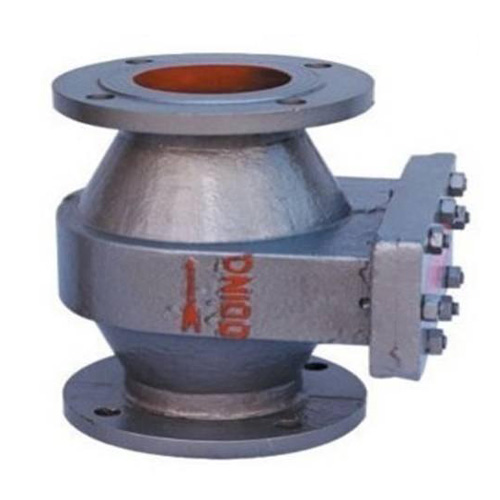Change-over valves are very imperative in safety-intensive operations and high-pressure systems. They allow switching between two safety valves, or pressure relief devices or pressure relief instrumentation without stopping the system. In the chemical, petrochemical or gas processing business, it is always not bad to appreciate the nature of the various Types of Change-Over Valve systems as this will assist you in operational and safety matters.
What is a Change-Over Valve?
Change-Over Valve is a two-switching valve system to join two safety valves, in parallel. As and when one of the valves is due to carry out maintenance, or checkup; the flow may be switched to the stand-by valve without halting the whole system. This operation is critical to the industries which focus on constant operation and safety maintenance.
To obtain the desired, consistent and properly constructed solution, the manufacturers such as Sino Valve design the high-performance systems of the Change-Over Valve, operating under the international standards.
Types of Change-Over Valves
The knowledge of various kinds of change-over valves will assist you to choose the proper configuration in your particular application.
1. Manual Change-Over valves
These are worked by hand by the plant attendants by turning a lever or wheel. They are cheap to implement and are not very difficult to set up, but they cannot run in absence of physical access and trained people.
Best For:
- Planned systems of maintenance Avoidable problems will be eliminated.
- Lower-risk environments
2. Automatic change-Over Valves
Automatic valves make the change between safety valves automatically and without the need to intervene manually, equipped as they are with actuators and control systems. This kind of Change-Over Valve suits such cases in critical systems where the prompt response is needed.
Best For:
- Remote or high-risk-locations
- Industries that need automation and real time monitoring
3. Three Way Change-Over Valves
Such valves are configured to have three inlets and outlets, two being inlet and outlets, and one being a shared inlet and outlet, making a saving on the flow disturbance and a smoother changeover.
Best For:
- High-flow systems
- Systems that require equal pressure when going through the valve
What to Look at as the Key Features
The following features to a Change-Over Valve should be considered to work at the highest level of achievement and work without harm:
- Material Compatibility: Durableness that is either stainless steel or carbon steel
- Pressure Rating: Should be able to at least equal the system requirement Pressure Rating: Should at least be equal to the system requirements
- Leak Tightness: Safety systems should be made with zero-leakage without exception
- Operation Effectiveness: Its clear signals and simple mechanism logs are helpful in avoiding the error of the user
Trusted design companies such as Sino Valve offer customizable designs with accurateness-created engineering to fit your exact working conditions.
Final Thoughts
The type of Change-Over Valve system to be used plays a crucial role in the integrity, safety and efficiency of a system. There are numerous hints on the market these predispositions are manual, automatic, and three way, so, the knowledge of the needs of your system will assist you to make a correct choice. It is better for you to use well-established manufacturers that have detailed support and specifications.
Visit Sino Valve and learn more about high quality and performance oriented Change-Over Valve systems and make sure that your safety systems do not fail.





